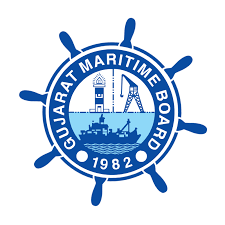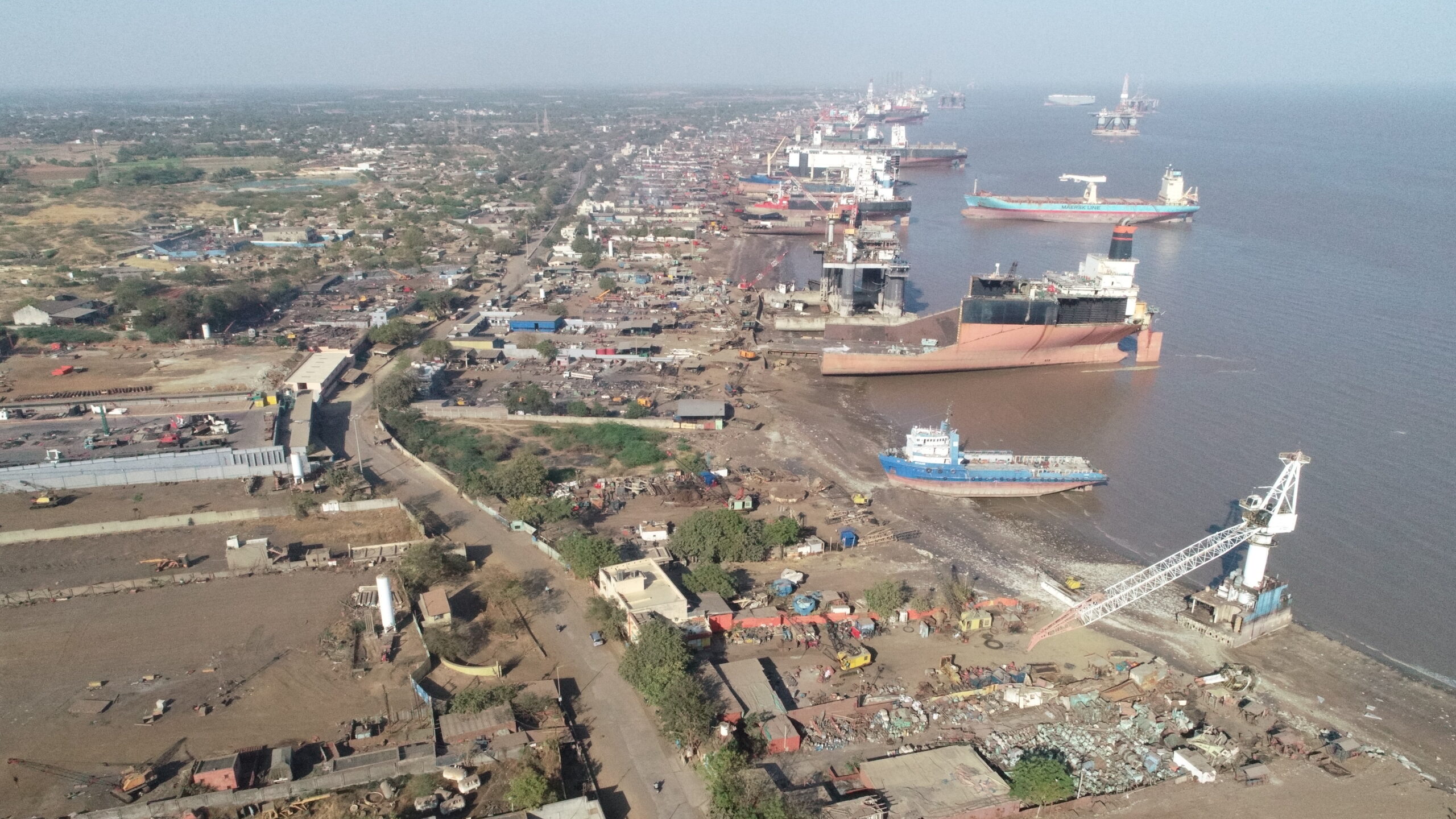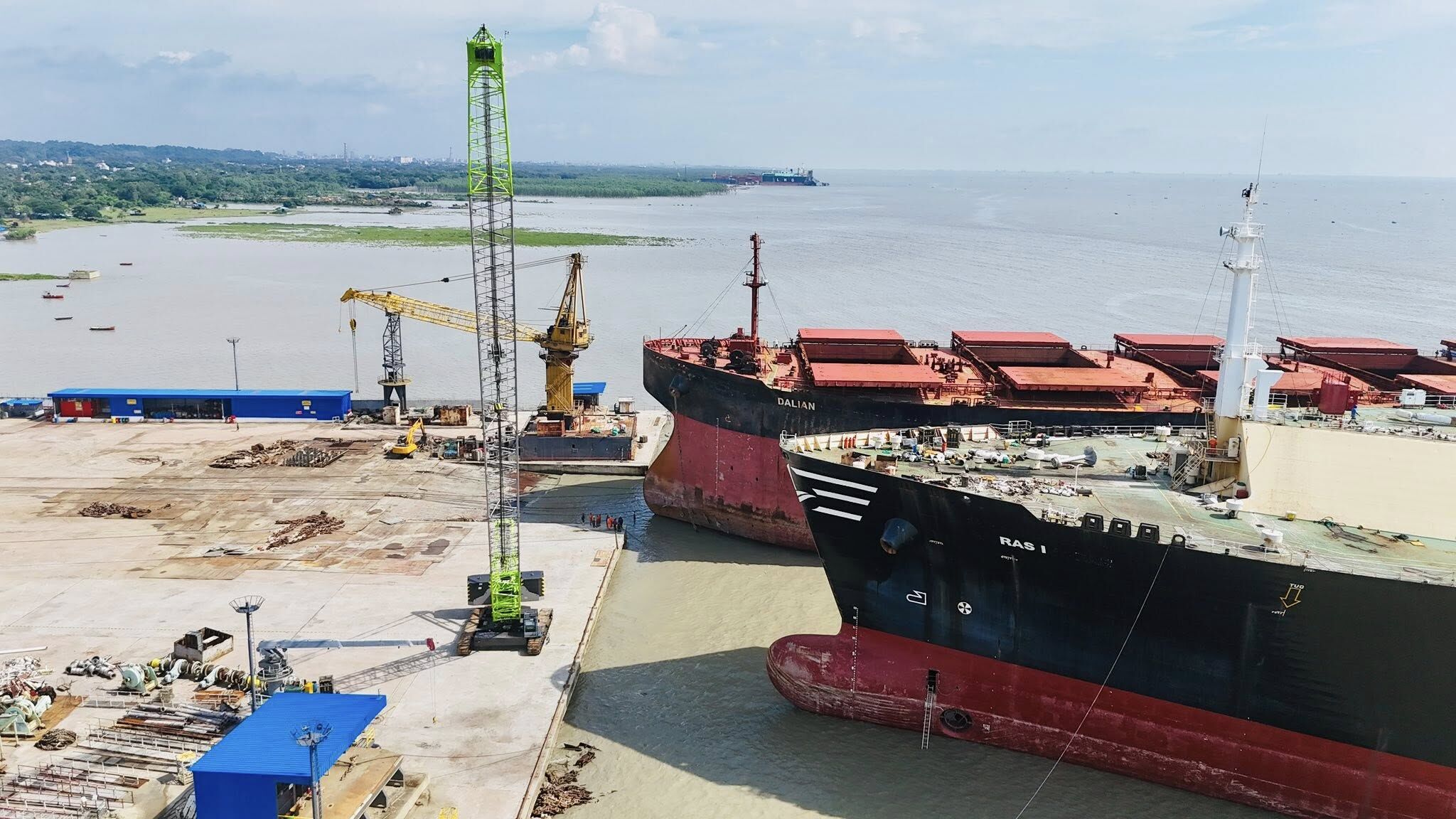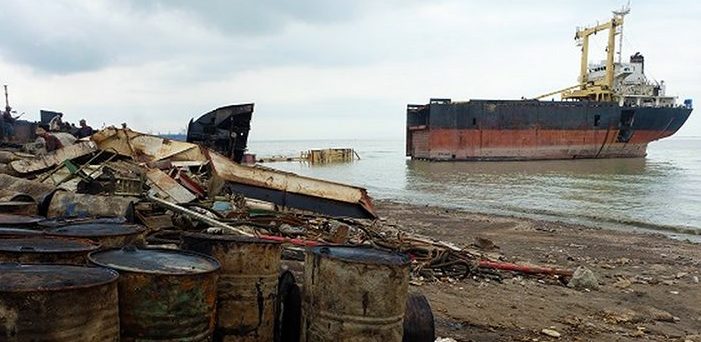Maritime Industry Sees Significant Growth in Vessel Deliveries in First Half of 2024

The maritime industry has experienced a remarkable surge in activity during the first six months of 2024. The sector witnessed the delivery of 264 new vessels, adding an impressive total capacity of 1.6 million TEU (twenty-foot equivalent units). This represents a significant increase from the previous year, highlighting a period of robust growth and expansion within the industry.
Increased Deliveries and Minimal Recycling
The influx of new vessels has had a notable impact on the recycling of older ships. In the first half of 2024, only 36 vessels, totaling 51,000 TEU, were recycled. This low level of recycling can be attributed to the strong growth in cargo volumes and the strategic redirection of shipping routes, particularly through the Cape of Good Hope. The decision to route ships via this longer, yet strategically beneficial path has reduced the immediate need to decommission older vessels.
Ongoing Procurement and Fleet Expansion
Despite the substantial increase in vessel deliveries, shipowners have not slowed down in their procurement of new ships. In 2024 alone, 63 additional vessels have been ordered, pushing the order book-to-fleet ratio to an impressive 19%. This indicates a strong confidence in the continued growth and demand within the maritime industry. The order book extends well into the future, with deliveries scheduled as far out as 2028. Industry projections suggest an average annual delivery of 1.5 million TEU between 2025 and 2027, underscoring the ongoing expansion efforts.
The 12k-17k TEU Segment: A Key Driver of Growth
The 12k-17k TEU segment has emerged as a significant driver of growth within the container fleet. This segment now represents 22% of the total container fleet’s capacity and has been a crucial contributor to its recent expansion. The rapid growth of this segment, which was pivotal in 2022 and 2023, is expected to continue. Currently, it comprises over 50% of the capacity on order, demonstrating its critical role in shaping the future of the industry.
In contrast, ships larger than 17k TEU, which previously led the industry’s growth from 2015 to 2021, now represent a smaller portion of the order book. The operational constraints associated with these larger vessels have limited their utility to specific trade lanes, primarily between Asia and Europe. As a result, there has been a strategic shift towards more versatile and adaptable vessel sizes.
Projected Fleet Growth and Potential for Increased Recycling
As the container fleet’s capacity is expected to surpass 30 million TEU by the end of 2024, the industry is preparing for substantial growth. The current order book indicates an additional 4.3 million TEU will be added by the end of 2027. This rapid expansion could necessitate an increase in ship recycling to balance the fleet’s growth, especially if traditional routes through the Red Sea and the Suez Canal become viable again.
Strategic Redirection and Operational Impacts
The redirection of shipping routes, particularly through the Cape of Good Hope, has played a significant role in the industry’s recent dynamics. This strategic decision has been driven by several factors, including congestion issues and geopolitical considerations. By avoiding traditional chokepoints such as the Suez Canal, shipowners have been able to maintain smoother operations and reduce delays. This has, in turn, supported the decision to retain older vessels in service, as the demand for capacity remains high.
Technological Advancements and Environmental Considerations
The maritime industry is also experiencing a wave of technological advancements aimed at improving efficiency and reducing environmental impact. The new vessels being delivered are equipped with state-of-the-art technologies, including advanced propulsion systems, improved hull designs, and better fuel efficiency. These innovations not only enhance operational performance but also contribute to the industry’s efforts to reduce its carbon footprint.
In parallel, there is a growing emphasis on sustainability within the industry. Shipowners and operators are increasingly adopting eco-friendly practices and exploring alternative fuels. This shift towards greener operations is expected to influence future vessel designs and procurement decisions, aligning the industry’s growth with global environmental goals.
Market Demand and Economic Implications
The surge in vessel deliveries and the ongoing procurement of new ships reflect the broader economic trends and market demand. Global trade volumes have been on the rise, driven by economic recovery and increased consumer demand. The maritime industry, as a critical enabler of global trade, has responded to this demand by expanding its capacity and enhancing its operational capabilities.
This growth has significant economic implications, including job creation, increased business opportunities, and the strengthening of maritime hubs around the world. Ports and logistics infrastructure are also being upgraded to accommodate the larger and more advanced vessels, further boosting economic activity.
Challenges and Future Outlook
Despite the positive growth trajectory, the maritime industry faces several challenges. Geopolitical tensions, regulatory changes, and economic uncertainties can impact the industry’s stability and growth prospects. Additionally, the operational constraints of larger vessels and the need for sustainable practices present ongoing challenges that require careful navigation.
Looking ahead, the future of the maritime industry appears dynamic and promising. The continuous expansion of the container fleet, driven by strategic investments and technological advancements, positions the industry for sustained growth. However, adaptability and resilience will be crucial in addressing the evolving challenges and seizing new opportunities.
In summary, the first half of 2024 has been a period of significant growth and transformation for the maritime industry. The delivery of 264 new vessels, the ongoing procurement of additional ships, and the strategic redirection of shipping routes have collectively contributed to the industry’s robust expansion. The 12k-17k TEU segment has emerged as a key driver of this growth, while technological advancements and sustainability initiatives are shaping the future of maritime operations.
As the industry prepares for further growth, with capacity expected to surpass 30 million TEU by the end of the year, the potential for increased ship recycling and the importance of strategic adaptability will be pivotal. The maritime industry’s ability to navigate these dynamics will determine its continued success in the global trade landscape.
Author: shipping inbox
shipping and maritime related web portal









1 thought on “Maritime Industry Sees Significant Growth in Vessel Deliveries in First Half of 2024”
Your blog is a beacon of light in the often murky waters of online content. Your thoughtful analysis and insightful commentary never fail to leave a lasting impression. Keep up the amazing work!